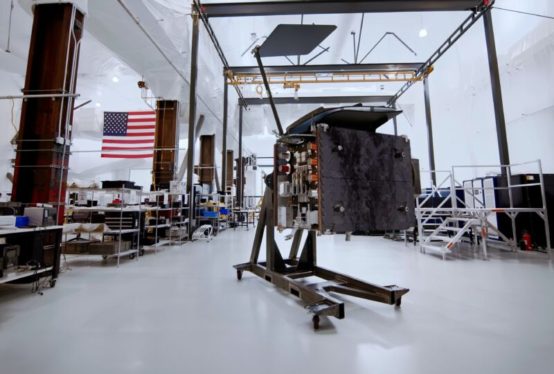
Enlarge / An Astranis satellite is seen in the company’s factory. (credit: Astranis)
Astranis, a company seeking to provide Internet connectivity from geostationary space, said in May that its “Arcturus” satellite was successfully deployed following a launch on a Falcon Heavy rocket.
After taking control of the satellite, Astranis then began to send commands and update the flight software before raising Arcturus’ orbit and slotting it into a geostationary position overlooking Alaska. Once there, the satellite linked up with an Internet gateway in Utah and communicated with multiple user terminals in Alaska.
Sometime after this, however, the satellite experienced what Astranis characterized as an abrupt anomaly with a supplier’s component on the solar array drive assembly. In an update on Friday, Astranis co-founder John Gedmark explained that this assembly rotates to solar arrays to ensure they are always pointed at the Sun, allowing the spacecraft to remain fully powered at all times.
Read 7 remaining paragraphs | Comments


